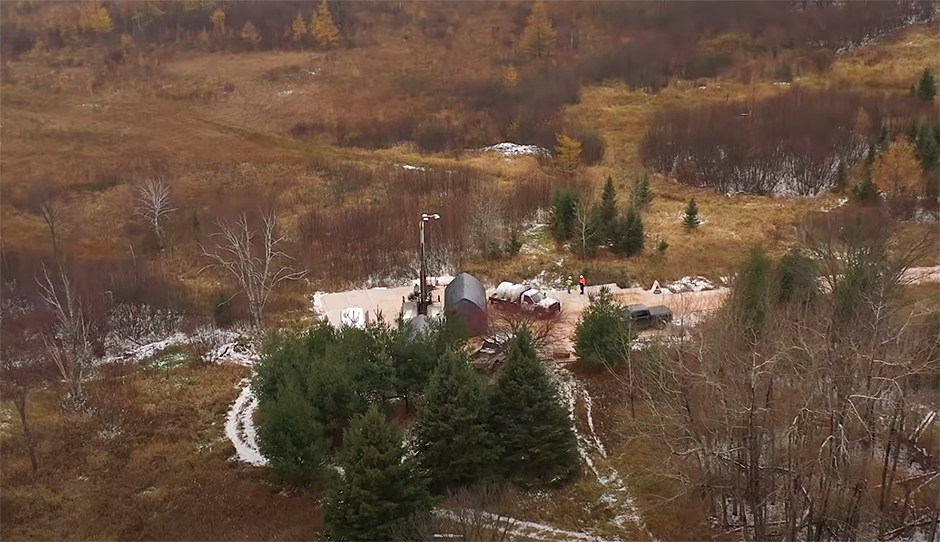In a MinnPost Community Voices piece published April 16, Paula Maccabee and Bruce Johnson of Water Legacy dissembled a discussion initiated by Todd Malan of Talon Metals regarding the need for recycling and mining to meet our clean energy goals. Instead of engaging with Malan’s thesis regarding the mineral intensity of the clean energy systems, Maccabee and Johnson moved the goalposts, advocating for a new regional study of copper-nickel mining in central Minnesota.
This new regional study, like the regional study conducted in the 1970s of the potential for copper deposits in the Duluth Complex, would occur prior to Talon’s Tamarack underground nickel mine being evaluated under existing regulatory frameworks, a process that state agencies and tribal sovereign governments started in June of 2023. This is an old trick. Put a new process in front of the existing process to drag out the timeline and hope your opponent just gives up.
This would just be another example of the tactics of professional environmental campaigners that only oppose things and never seem to find the wherewithal to offer solutions (other than telling other people to consume less), but it has more serious consequences. For me, climate change is an emergency, and consideration of the solutions should be urgent and serious — fully recognizing risks to the environment.
The discussion that Minnesota is having about the mineral intensity of our clean energy goals involves complex environmental concerns, regional economic development opportunities, good jobs for working people, concerns of tribal members about impacts on cultural resources like wild rice, and the need to do something about climate change. It’s complex, not tactical.
Just this week, reports crossed the media that should profoundly concern those that are worried about what we are leaving future generations. WCCO-TV reported “Experts say Minnesota’s Northwoods could disappear within 50 years. Here’s what’s being done about it,” and Eos magazine warns “Climate Change Threatens the Future of Wild Rice.”
Calling for an unnecessary regional study, prior to finalization of the environmental review and permitting processes is neither helpful nor constructive in terms of the effort to transition to clean energy systems. Would Maccabee and Johnson have endorsed similar preemptive studies if climate skeptics had demanded them for clean energy projects under the state’s ambitious 100% Clean Energy by 2040 legislation enacted last year? I bet not.
Rather than insisting on a broad regional study of mining impacts in the Mississippi River and St. Croix watersheds — a clear stalling tactic aimed at derailing Talon’s proposed underground nickel mine near Tamarack — Maccabee and Johnson should engage with the existing process that both know and understand well. Their participation could be genuinely beneficial if channeled through the public commentary periods and scientific assessments that are integral to the environmental review and the development of the Environmental Impact Statement (EIS).
The process already underway for Talon Metals’ Tamarack nickel project is comprehensive, set to scrutinize baseline environmental data, cumulative impacts, groundwater, and more. Issues raised by Maccabee and Johnson are not being ignored; they have been acknowledged in the EIS scoping phase, which promises a thorough examination.
As a former DNR staffer, I can vouch that Minnesota’s environmental oversight has evolved dramatically over the past 45 years, adopting sophisticated methods such as baseline monitoring and cumulative impact analysis. The notion that a large-scale regional study is needed at this juncture underestimates the specific, nuanced assessments conducted for each proposed mining project.
Moreover, the portrayal of Talon’s mining interests as a blanket threat to vast tracts of land is a mischaracterization. Environmental reviews are project-specific, designed to evaluate distinct proposals rather than speculative, undefined future projects. Yes, Talon holds over 30,000 acres of minerals leases, but the proposed project is less than 1% of that acreage. Knowingly conflating facts is also an old tactic, and not very helpful.
Assuming Talon clears the rigorous permitting hurdles, it will be required to comply with — and likely exceed — all environmental standards, ensuring protection for Minnesota’s ecosystems, its workforce, and the broader community. Any future expansion will necessitate a new round of equally stringent reviews.
The urgency of climate change mandates a significant increase in the production of metallic minerals, essential for the clean energy systems we need to deploy. This was Malan’s original point. The critical discussion on how we source these minerals must proceed without resorting to tactics that disparage the serious and dedicated people working within regulatory agencies or the working people that produce the materials that are in just about everything that facilitates our daily lives.

Maccabee and Johnson are free to hold their views against mining. However, they would do better to contribute constructively within the frameworks of Minnesota’s environmental review and permitting process, rather than attempting to undermine it through transparent attempts to just run out the clock. When it comes to our effort to deal with climate change, the stakes are just too high for tactical games.
Peter Clevenstine is a former Assistant Director Minerals at the Minnesota Department of Natural Resources and now splits his time in retirement between Eagle Harbor, Michigan (Copper Country) and Chisholm, Minnesota (Iron Range). He was briefly a mineral consultant for Talon Metals and other clients and retired from consulting work in 2023.





